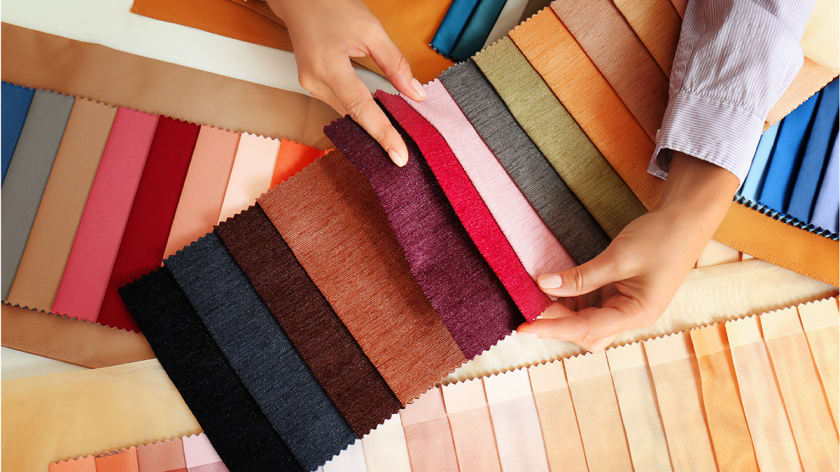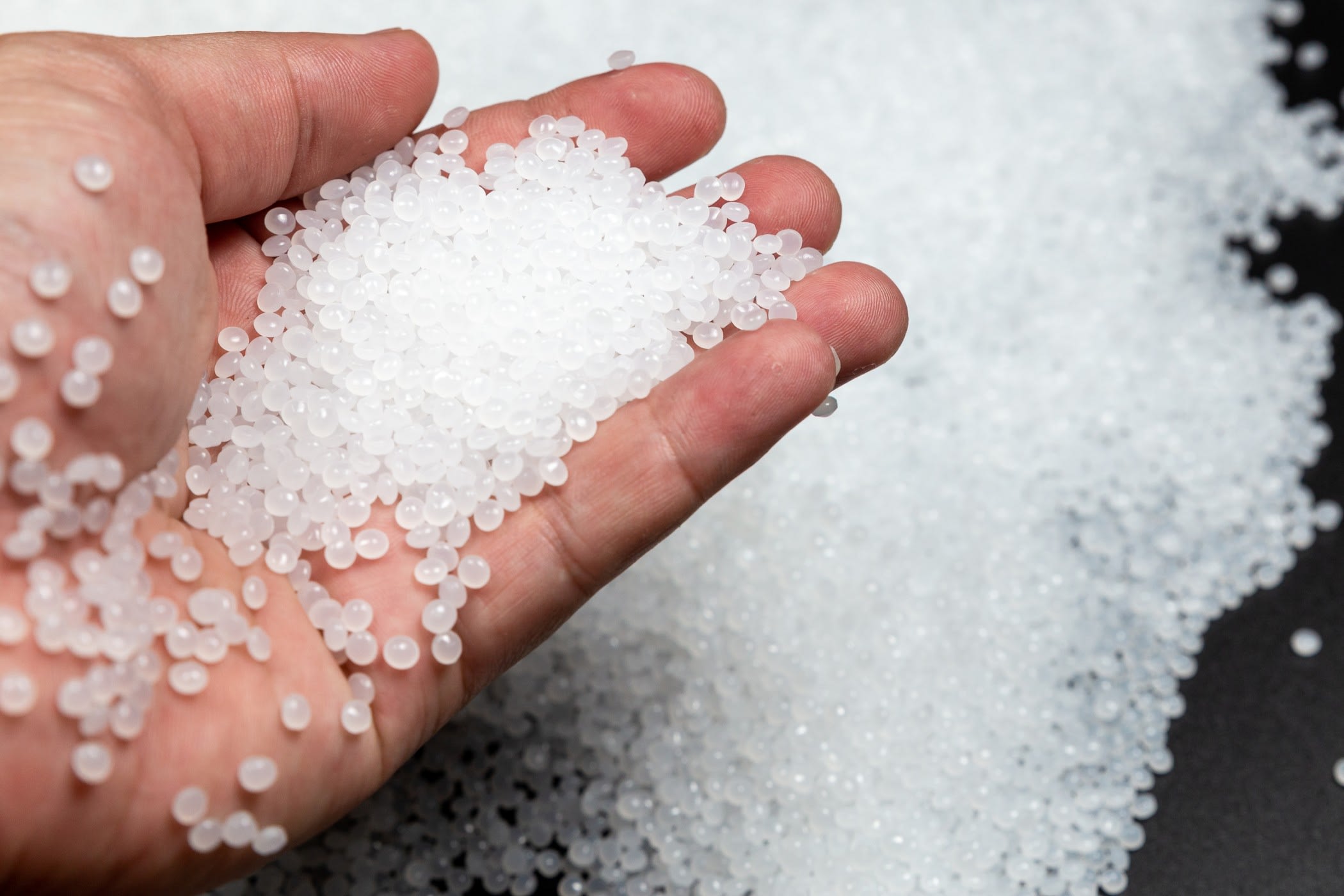7 Things To Remember While Choosing The Right Fabric For Your Clothes



Fabric can make or mar a dress - no matter how creative you are with the design or how skilled your artisans are, the right fabric could either help you to materialize your vision or it could spoil the venture. There are a number of factors which must be verified while finalizing the fabric for an apparel, and we shall discuss them in this blog.
1.Age range
One of the first factors which should be prioritized while picking fabric is the age range of the target consumer. There is generally a lot of scope to experiment with style and texture while designing clothes, but when the pieces are being designed for kids, comfort should be prioritized and the safest bet is to go for fabrics such as cotton.

It is best not to dress the young ones in synthetic fabrics and one must also be cautious about the dyes and chemicals used on the fabric, since infants easily suffer from rashes. As such, the fabric should be safe, cozy, and ideally organic.
Fashinza, for instance, has an extensive collection of kids’ clothing produced by the most experienced manufacturers who ensure that the clothes are comfortable and stylish - all at once, without compromising on the safety quotient.
2.Purpose
When selecting fabrics for teenagers or adults, it is safer to experiment with a variety of choices from silk to spandex to velvet. However, the purpose of the clothing becomes an important determinant here.

Formals, which one might have to wear to office, must be comfortable but must also not look too faded after a couple of washes. Polyester, rayon, satin, nylon, and cotton can be top choices in that case. When designing a party dress, one can risk playing around with georgettes, crepe, brocade, velvet, jeans, chiffon, voile, and so on.
For lingerie, a mixture of cotton and lace might be great while for night suits, cotton and silk have always experienced great demand from buyers. The usage of the apparel must always be factored in without an error while browsing through fabrics!
3.Weight
Once the age and purpose of the target consumer has been determined, it is time to pay attention to the design of the dress. You need to decide if you want the dress to be lightweight or heavy or somewhere in between. For instance, children’s clothes should be lightweight while winter clothes can afford to be on the heavier side.

Popular lightweight fabrics include cotton, chiffon, voile, and organza. Sateen and velvet are examples of medium-weight fabrics. Denim and wool are heavy-weight. The weight of fabric is measured in terms of GSM or grams per square meter.
4.Fluidity
The drape or fluidity of the fabric you use will govern how the dress behaves. Now, you should ask yourself whether you want a flowy skirt, a dress with a twirl, or formal trousers that hold their place. The fluidity of fabrics is also affected by their weight.

Fabrics which are light in weight and easy to drape include voile, silk crepe, chiffon, and georgette - which explains why all of them are popularly used as materials for sarees. Linen and wool can be fluid as well but they are somewhat on the heavier side.
Organza and organdy are lightweight stiff fabrics while brocade, denim, coating, and sateen are stiff heavyweight ones.
5.Elasticity
As for elasticity, you might want the apparel to be entirely stretchable or elastic in certain parts. One must verify the degree of elasticity they’re looking for and must decide whether the fabric they’re choosing would do justice to their design.

Polyester mixed with cotton is often used for designing bodycons because they take the shape of the wearer’s body. Spandex is a great choice for elastic activewear!
6.Price
The target customer base and purpose of usage should play deciding roles in determining one’s investment in fabrics. If the product is being manufactured for mass consumption, the fabric should not be extravagantly expensive.
Mulberry silk and cashmere silk casuals might not have as many buyers as cotton! At the same time, one might take the liberty to use high-end fabrics when designing lavish wedding dresses!
7.Sustainability
Considering the quantity of waste the fashion industry generates at the moment, we should all consider it an obligation on our part to switch to sustainable fabrics - that is, fabrics which are produced in an organic manner with minimal usage of water and energy resources, fabrics which do not make use of chemicals that are harmful to the environment or the artisans who work on them.

By switching to sustainable production we can reduce the burden we are presently placing on the planet, thus collectively promoting green consumption. At Fashinza, we are constantly striving to prioritize sustainability.



















